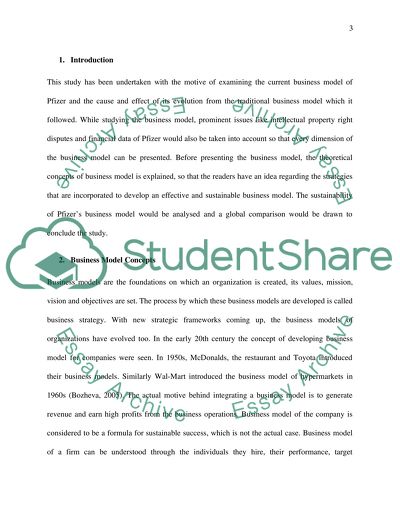Cite this document
(“Analysing Companies: Business Models, Narrative and Numbers about a Essay”, n.d.)
Analysing Companies: Business Models, Narrative and Numbers about a Essay. Retrieved from https://studentshare.org/marketing/1462607-analysing-companies-business-models-narrative-and
Analysing Companies: Business Models, Narrative and Numbers about a Essay. Retrieved from https://studentshare.org/marketing/1462607-analysing-companies-business-models-narrative-and
(Analysing Companies: Business Models, Narrative and Numbers about a Essay)
Analysing Companies: Business Models, Narrative and Numbers about a Essay. https://studentshare.org/marketing/1462607-analysing-companies-business-models-narrative-and.
Analysing Companies: Business Models, Narrative and Numbers about a Essay. https://studentshare.org/marketing/1462607-analysing-companies-business-models-narrative-and.
“Analysing Companies: Business Models, Narrative and Numbers about a Essay”, n.d. https://studentshare.org/marketing/1462607-analysing-companies-business-models-narrative-and.


